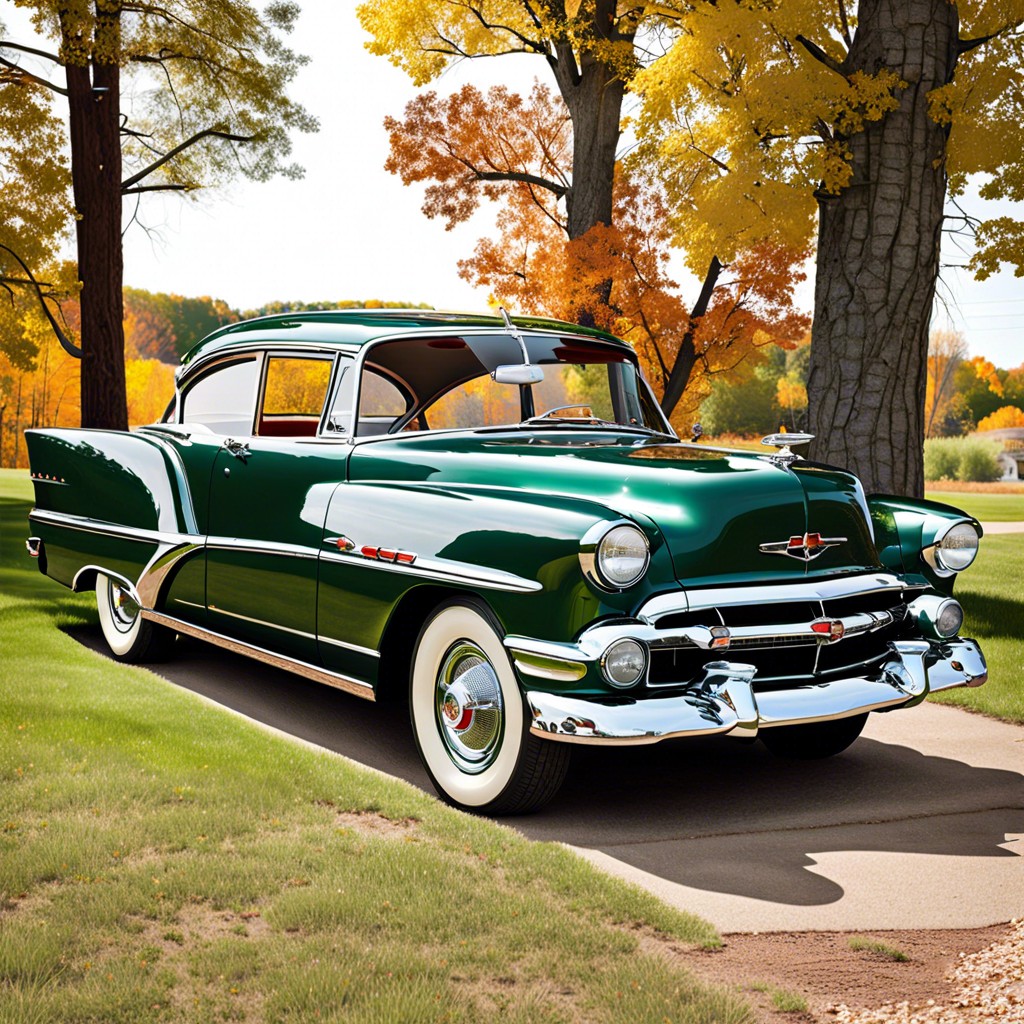Last updated on
Vintage automobiles embody the history and ingenuity of the automotive world, and this article provides an insightful guide into the realm of collectible vehicles from across the globe.
Key takeaways:
- Vintage autos are cars manufactured between 1919 and 1930.
- Vintage cars provide a glimpse into history and cultural values.
- Classic cars as investments often outperform during economic downturns.
- Limited production, historical significance, and condition affect value.
- Vintage car events and auctions are vital for enthusiasts and collectors.
Defining Vintage Autos
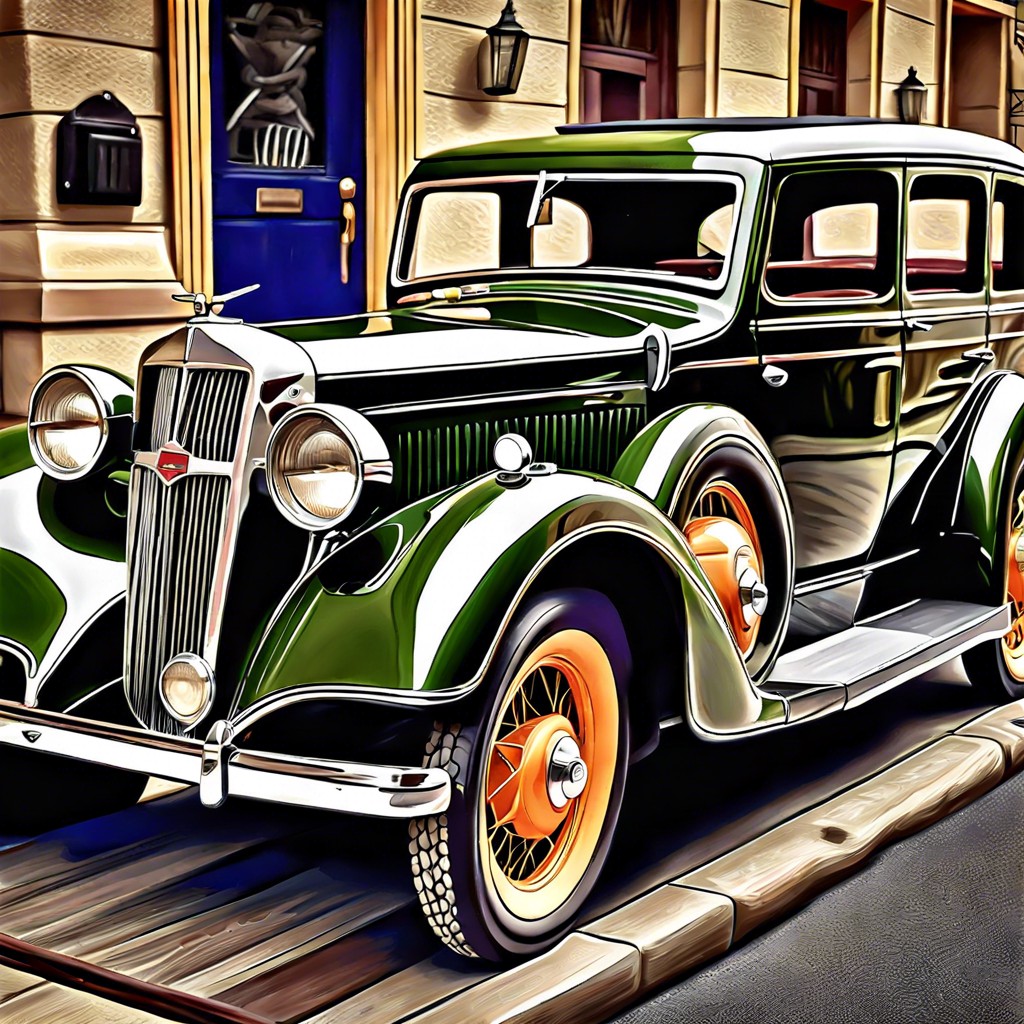
The term “vintage” typically refers to cars manufactured between 1919 and 1930. However, the broader collector community often extends this definition to include any vehicle over 20 years old that embodies the style and engineering of its era. These vehicles are usually restored to maintain or recapture their original appearance and functionality. Mechanical parts might be repaired or replaced, but collectors generally strive for authenticity, holding originality in high regard. Despite their age, these autos are more than museum pieces; many enthusiasts enjoy them in parades, car shows, and on the road. Recognizing a vintage auto often involves identifying unique design features such as body shapes, hood ornaments, and bespoke interiors that reflect the era of production. Vintage cars are emblematic of the technological advancements and cultural shifts of the past, allowing us to witness history on wheels.
Historical Significance of Vintage Cars
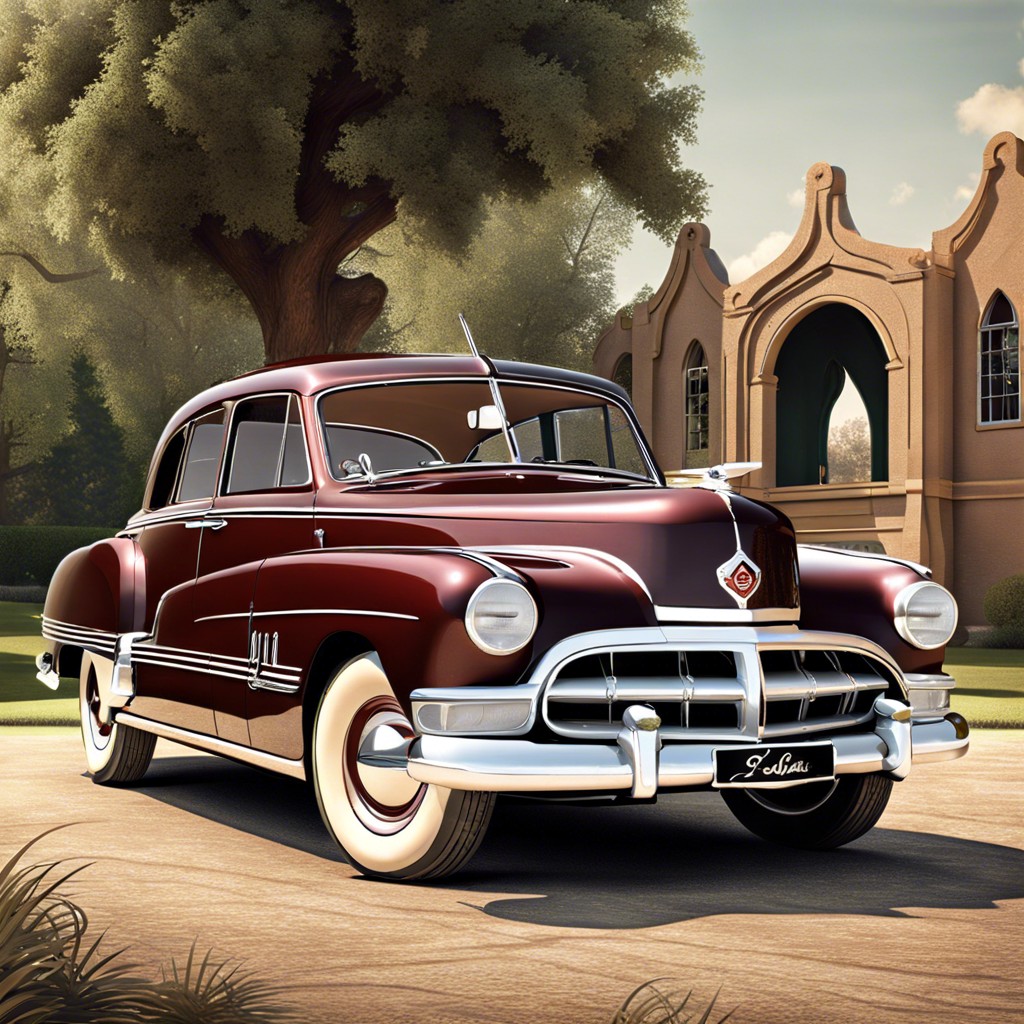
Vintage automobiles serve as a window into the past, revealing much about the technology, design, and cultural values of their respective eras. They are often viewed as rolling art pieces, embodying the craftsmanship and aesthetic of the times they were built. These cars also reflect historical milestones, as automakers introduced innovations that would pave the way for modern transportation—an example being the introduction of the assembly line by Henry Ford.
Moreover, vintage cars frequently have storied pasts, with specific models being associated with iconic events or personalities that shaped their legacy. Collectors and enthusiasts often cherish such vehicles for their provenance, which can include famous ownership or use in significant historical events. These cars can also act as symbols of societal progress, marking shifts in economic conditions and consumer preferences.
In essence, vintage cars are a rich tapestry of history, with each model encapsulating a unique story of its own era’s challenges, triumphs, and advancements.
Market Trends for Classic Cars

Interest in classic cars as collectibles has shown significant resilience, often outperforming conventional investments during economic downturns. This is partly due to their tangible asset value and the nostalgia they evoke, making them a unique diversification for a portfolio.
Demographics also play a role in shaping the market. The baby boomer generation, with a strong emotional connection to the automobiles of their youth, currently drives demand. However, there’s a gradual shift as younger enthusiasts enter the market, showing preferences for models from the 1980s and 1990s.
Technology has expanded the collector car market’s reach, with online auctions and global sales allowing enthusiasts to acquire vehicles from anywhere in the world. This convenience has contributed to increased participation and competition, which in turn can elevate prices for sought-after models.
Yet, not all vintage cars appreciate equally. Limited production numbers, historical significance, condition, authenticity, and provenance are critical factors influencing value. Cars with a documented history or a connection to significant events or personalities can command premium prices.
Recent trends also reflect a growing interest in restomods — vintage cars that have been restored with modern parts and technology — offering the allure of classic styling with contemporary performance and comfort. This movement represents a reinterpretation of classic car valuation, blending tradition with innovation.
Top Vintage Auto Events and Auctions
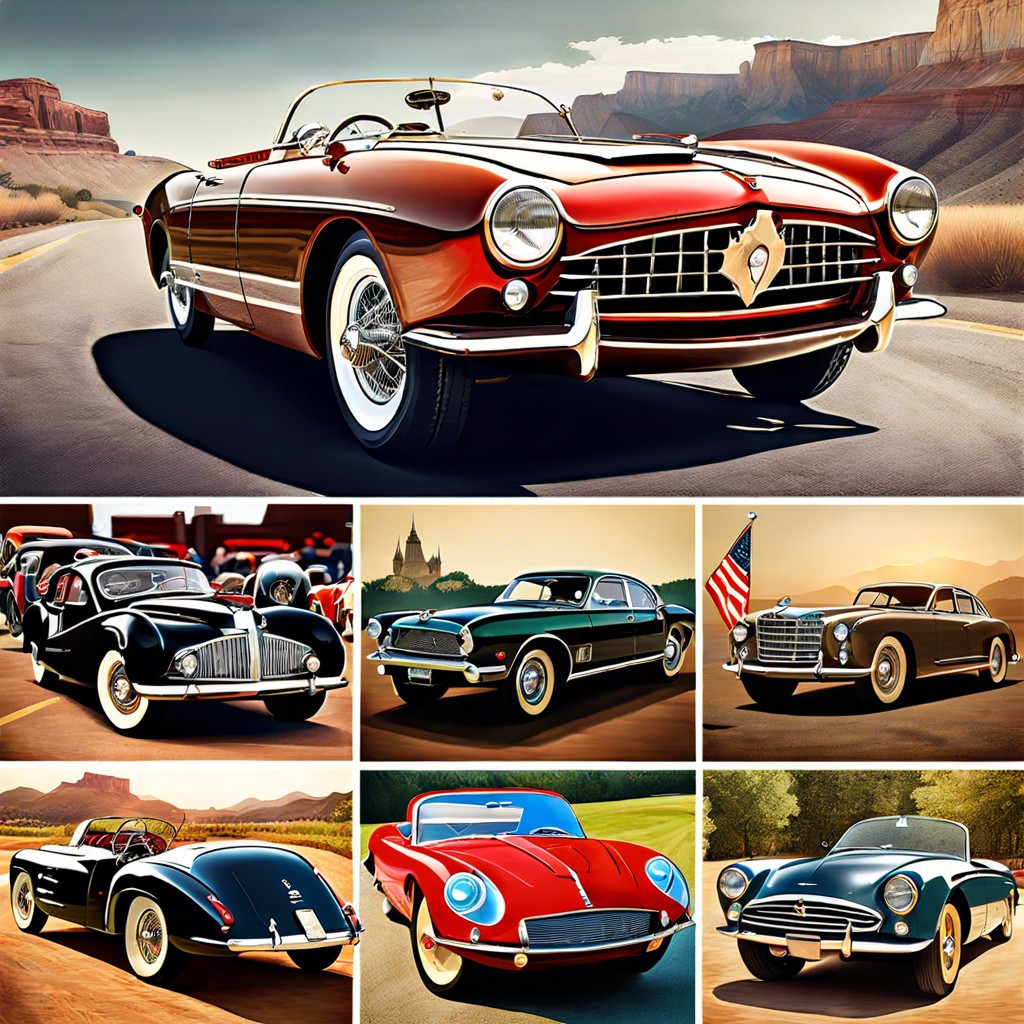
Events and auctions dedicated to vintage automobiles are vital for enthusiasts to connect, learn, and trade. These gatherings are often where the highest levels of commerce and camaraderie within the antique car community occur.
The Pebble Beach Concours d’Elegance in California stands as a pinnacle for collectors, with a tradition dating back over half a century, showcasing some of the world’s most spectacular and rare vehicles.
The Goodwood Revival in the UK offers a historic motor racing festival where attendees dress in period attire, amplifying the authentic atmosphere.
Retromobile in Paris is a hub for European classic car aficionados, featuring a large expo with a variety of vendors and exhibits.
RM Sotheby’s, Bonhams, and Barrett-Jackson headline the auction circuit, renowned for record-breaking sales and attracting international attention to the finest collectible automobiles.
The Mille Miglia is a thousand-mile road race in Italy, reserved for cars produced before 1957, allowing participants to experience vintage driving on public roads.
These events serve not only as opportunities to buy or sell but also as gatherings to preserve and celebrate the heritage of automotive history.
Investment Potential of Vintage Cars
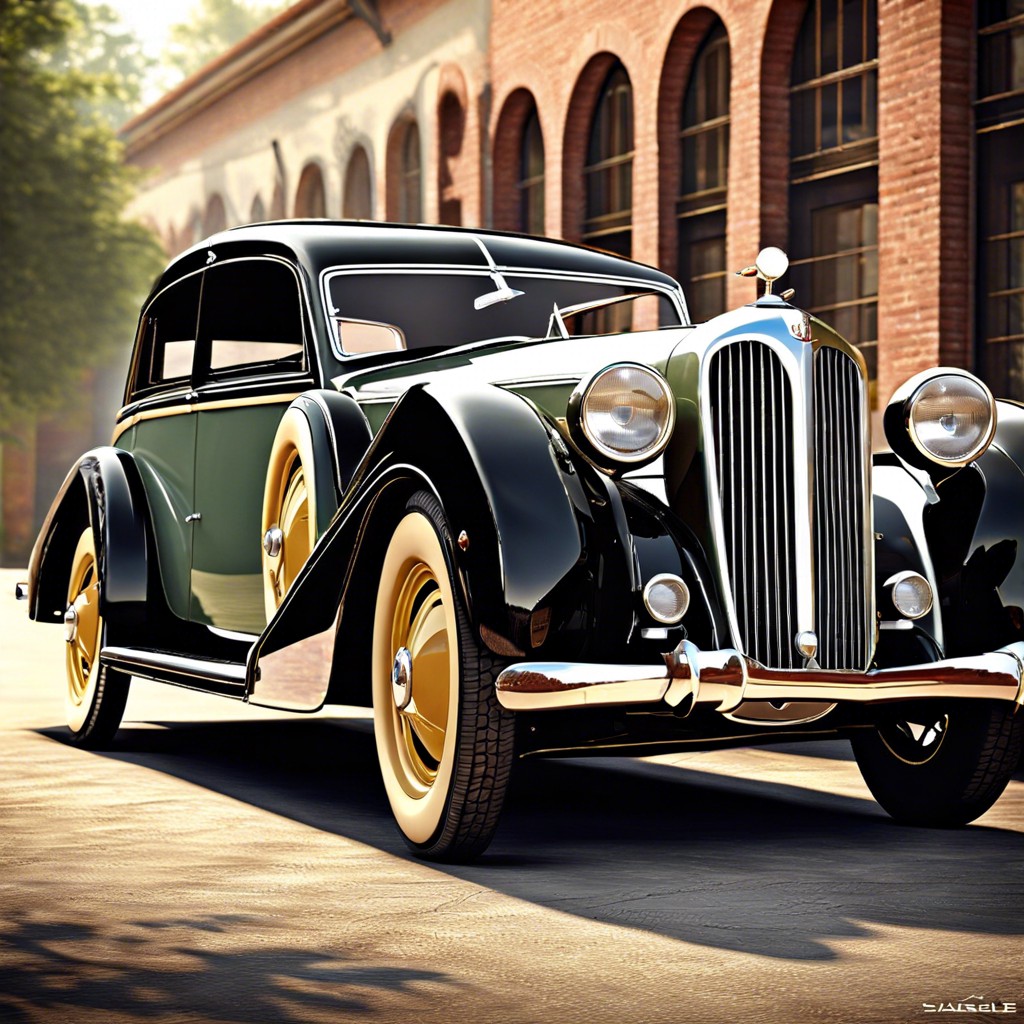
Vintage cars can serve as a robust alternative investment. While common investments like stocks or real estate fluctuate with market conditions, classic automobiles often exhibit a stable increase in value over time, particularly for models with limited production runs or historic significance.
Discerning investors often track auction results to gauge current valuation trends. An informed investment requires not only understanding a vehicle’s provenance but also its mechanical condition and originality – factors critical to appraisal.
Maintenance is also a crucial aspect. Properly maintained, a vintage auto is less susceptible to depreciation. Restorations, if needed, should be conducted with authenticity in mind, as original parts and accurate details can enhance a car’s value considerably.
Networking within car clubs and attending shows can yield insights into upcoming market shifts and under-the-radar opportunities. Additionally, vintage cars offer experiential returns, encapsulating the joy of driving and ownership pride, which, although not quantifiable, are unique benefits of investing in this niche market.




